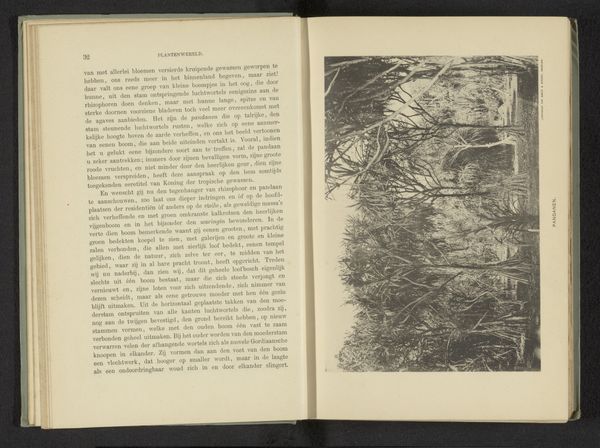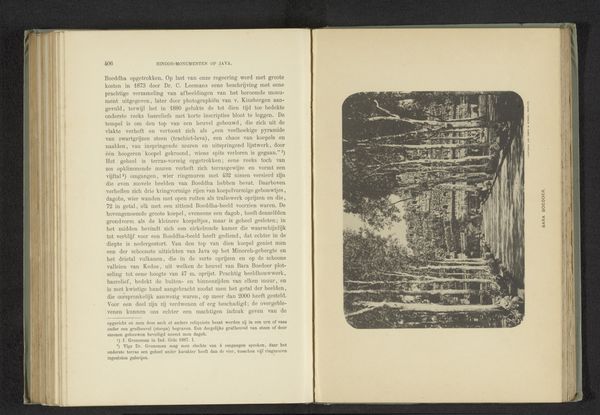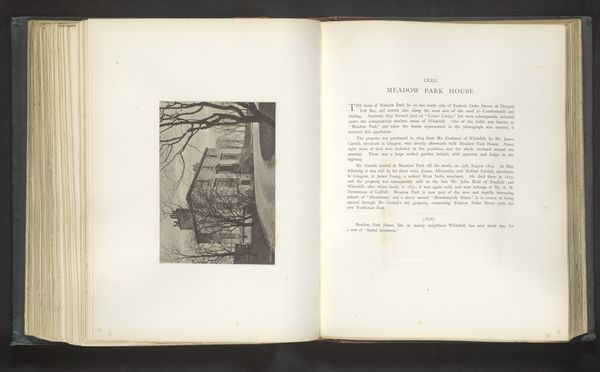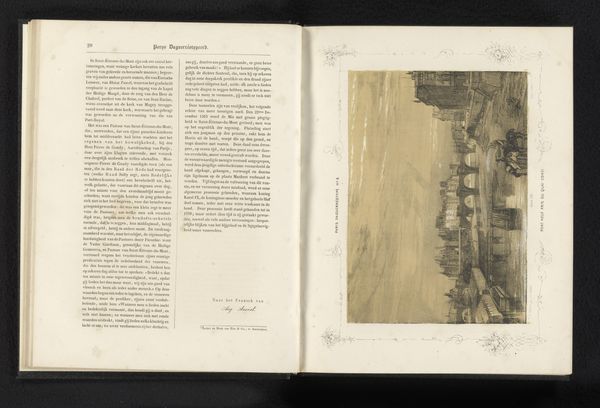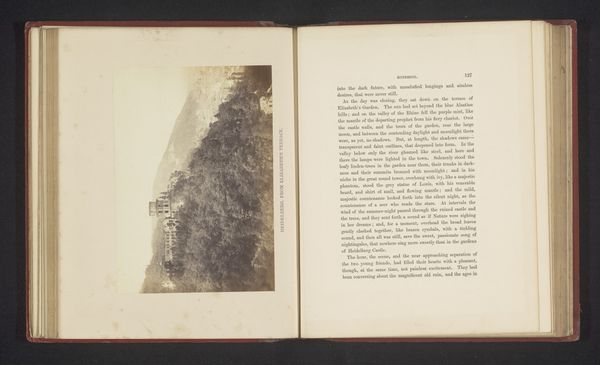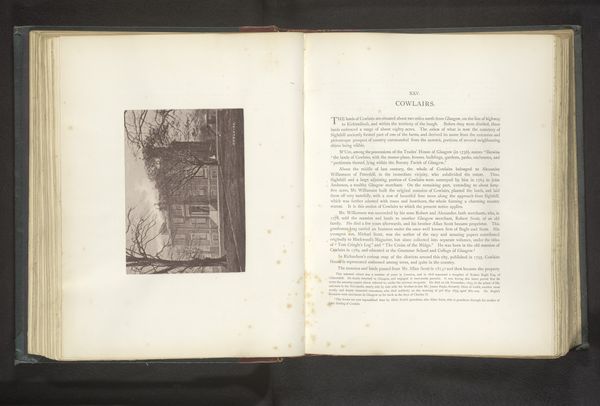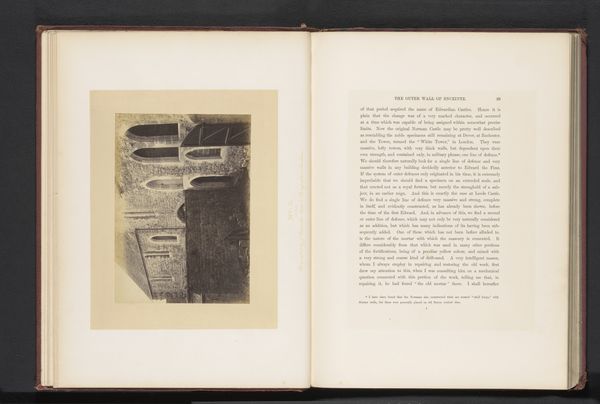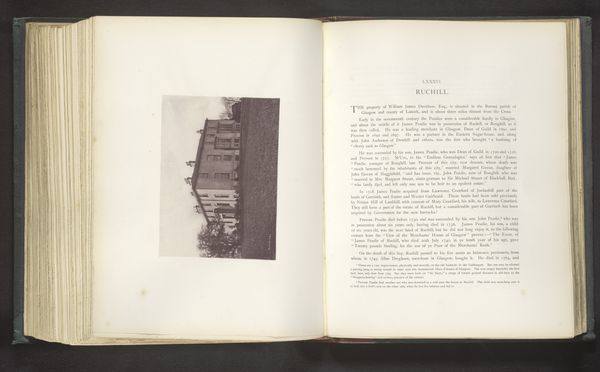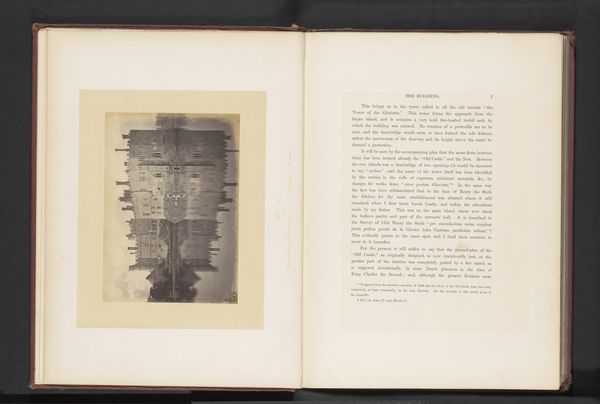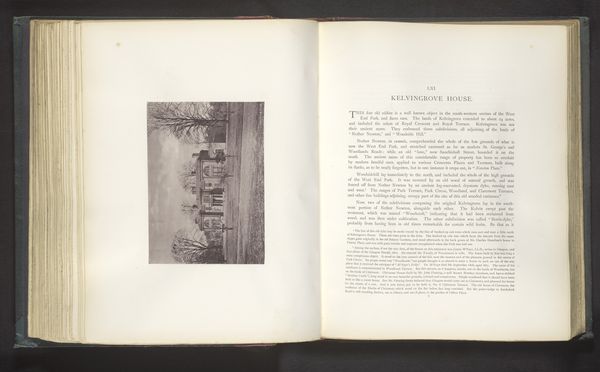
Gezicht op een plantage met Kinabomen in Nederlands Oost-Indië before 1894
0:00
0:00
anonymous
Rijksmuseum
print, paper, photography, collotype
#
dutch-golden-age
# print
#
landscape
#
paper
#
photography
#
collotype
Dimensions: height 130 mm, width 162 mm
Copyright: Rijks Museum: Open Domain
Editor: Here we have a collotype print from before 1894, titled "Gezicht op een plantage met Kinabomen in Nederlands Oost-Indië," which translates to "View of a plantation with Cinchona trees in the Dutch East Indies." The viewpoint is high and to me, it makes this neat ordered planatation feel quite oppressive, actually. How do you interpret this work? Curator: I see this as a powerful symbol of colonial ambition and its impact on the landscape. The Cinchona tree, source of quinine, was highly prized, representing both medical advancement and economic exploitation. Consider how the seemingly ordered rows speak to control and extraction. Editor: That's fascinating. I hadn't considered the darker side. The organized pattern almost feels like a triumph of agriculture. Curator: Exactly! And the photographic medium flattens the scene, reinforcing a sense of systematized control. The image, in effect, visualizes a specific moment in cultural memory: the height of Dutch colonial power, fueled by the global demand for resources. What do you think it communicates about the relationship between people and nature at that time? Editor: It shows a very utilitarian vision. Nature is viewed as a resource, very controlled and unnatural really. It feels like the symbols that connect humanity and nature, like gardens for instance, are being eradicated by rational plans. Curator: Precisely. By understanding these layered symbols, we reveal a complex narrative. We see the legacy of colonialism's shaping of not just economies and landscapes but our understanding of nature itself. Editor: It's eye-opening to think about how a seemingly simple image can hold so much historical and cultural weight. Thanks so much. Curator: My pleasure, it is important to unpack all of this weight so that we can engage with artworks through many diverse interpretations.
Comments
No comments
Be the first to comment and join the conversation on the ultimate creative platform.
